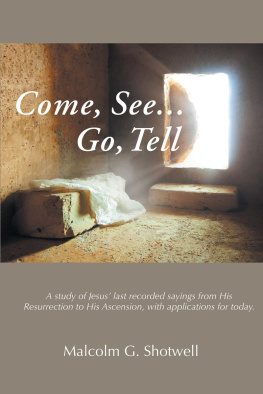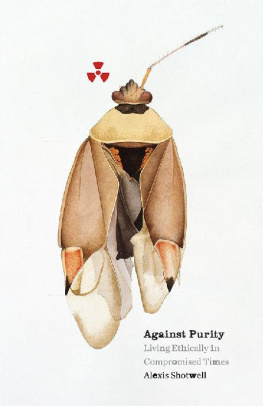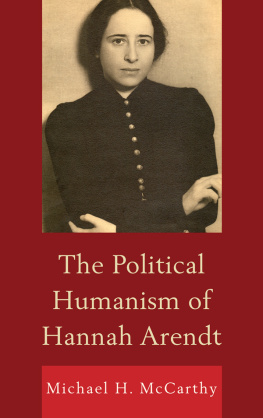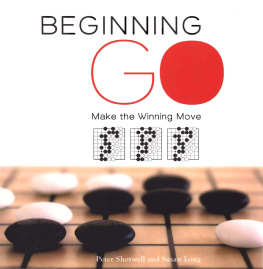Revolutionizing Womens Healthcare
The Feminist Self-Help Movement in America
HANNAH DUDLEY-SHOTWELL
Rutgers University Press
New Brunswick, Camden, and Newark, New Jersey, and London
Library of Congress Cataloging-in-Publication Data
Names: Dudley-Shotwell, Hannah, author.
Title: Revolutionizing womens healthcare : the feminist self-help movement in America / Hannah Dudley-Shotwell.
Description: New Brunswick : Rutgers University Press, [2020]
Identifiers: LCCN 2019018818 | ISBN 9780813593029 (paperback) | ISBN 9780813593036 (cloth)
Subjects: LCSH: Womens health servicesUnited States. | Womens health services Political aspectsUnited States. | FeminismHealth aspectsUnited States.
Classification: LCC RA564.85 .D85 2020 | DDC 362.1082dc23
LC record available at https://lccn.loc.gov/2019018818
A British Cataloging-in-Publication record for this book is available from the British Library.
Copyright 2020 by Hannah Dudley-Shotwell
All rights reserved
No part of this book may be reproduced or utilized in any form or by any means, electronic or mechanical, or by any information storage and retrieval system, without written permission from the publisher. Please contact Rutgers University Press, 106 Somerset Street, New Brunswick, NJ 08901. The only exception to this prohibition is fair use as defined by U.S. copyright law.

The paper used in this publication meets the requirements of the American National Standard for Information SciencesPermanence of Paper for Printed Library Materials, ANSI Z39.48-1992.
www.rutgersuniversitypress.org
Manufactured in the United States of America
A widely shared feminist circular from 1971 offered this representation of a womans typical visit to her doctor:
Ive got an itch. So I gotta call the doctor. When I call, the receptionist asks, Whats wrong? and proceeds to make an appointment from one to two weeks hence. So I wait. Often the bladder becomes infected while waiting for the appointment interval to pass. Finally, I get to see this physician, and [he] comments on examining me, draped in a sheet so that I couldnt watch even if I wanted to, Usual female infection. Take the antibiotic prescription and come back in two weeks. $$$ When I ask him if I can see what the infection looks like, the physician is appalled at the idea. You shouldnt worry your little head about this kind of thing. After all, isnt that what Im here for?[] So I return in 2 weeks $$$$, and maybe its cleared and maybe it isnt. Another kind of antibiotic is prescribed and another appointment is made $$$. I again ask for specific information about the infection, and by now the answer usually comes back in Greek (which I am obviously not very fluent in).
The self-help movement emerged in the 1960s as a response to medical encounters like this one. This movement became a critical part of feminist activism in the late 1960s as a range of womens health activists criticized and drew attention to the ways that the authority to make decisions about a womans health and reproduction typically lay with male physicians. Most activists had personal experiences resembling the one above; some had seen worse, including the horrors of botched abortions and nonconsensual sterilization. These activists taught themselves skills usually performed by doctors, a practice they began to call self-help in the early 1970s. These early efforts generated an entire movement of women who appropriated their own bodies and minds as tools of knowledge. Women who promoted these efforts held disparate and sometimes competing philosophies about how to practice self-help, but all agreed that taking power over their bodies and minds away from physicians and holding it in their own hands was a crucial element of feminism. Tired of feeling as if they had no control over their own bodies, for these women, feminism was literally about health versus sickness. For many, it was utterly transformative.
In the 1960s and 1970s, America experienced unprecedented social turmoil. Leftist activists took to the streets, the media, the classroom, and the courts to protest economic inequality, racial injustices, environmental threats, the war in Vietnam, and discrimination based on sexuality, sex, and gender. Pushing back against the social upheaval brought about by leftist activists, conservatives quickly responded with protests of their own. The dramatic upheaval of these decades continued into the 1980s and 1990s and led to unparalleled social change and political conflict that still resonates today.
Beginning in the mid-twentieth century but drawing on decades of prior activism, self-proclaimed feminists dreamed of, nay, demanded, an egalitarian society in which the sexes were equal both legally and socially. They devised experiments in which to test their ideas about equality and sought places to put their theories into action. Many wondered what egalitarian feminism actually looked like in practice. Naturally, as they practiced feminism in new ways, they returned to their theories and re-evaluated their ideas. Women of color, indigenous women, lesbian women, and older women in particular demanded constant re-evaluations of the ways feminists put their theory into practice.
From the 1960s on, varieties of U.S. feminism proliferated, and activists and scholars have demarcated them generally along these lines: Black feminism saw racism and gender discrimination as intricately linked (which some call intersectionality). Indigenous or Native American feminism made a similar argument but also argued that decolonization and indigenous sovereignty were essential parts of achieving equality. Liberal feminists wanted to achieve equality between men and women by reforming mainstream institutions and integrating women into existing structures; they are most well known for advocating for equal pay and voting rights and are often associated with the National Organization for Women (NOW). Radical feminists believed in a total overthrow of patriarchal society and the creation of completely new woman-run institutions. Cultural feminists, which some saw as a subset of radical feminists, believed that society needed a female essence and that the qualities women held were both unique and superior to those of men. Lesbian feminists wanted to trouble the idea that heterosexuality was the natural way of life by examining its roots in patriarchal institutions. Some believed in lesbian separatism, in which women removed themselves from mainstream society and lived and worked together in a community setting. In many cases, activists themselves did not subscribe to any particular label other than feminist (and some did not even use that one). Most fell into more than one camp; there were Native American radical feminists, White lesbian women who subscribed to liberal feminism, Black cultural feminists, and so forth. Sometimes the differences between camps have been exaggerated, and the differences



 The paper used in this publication meets the requirements of the American National Standard for Information SciencesPermanence of Paper for Printed Library Materials, ANSI Z39.48-1992.
The paper used in this publication meets the requirements of the American National Standard for Information SciencesPermanence of Paper for Printed Library Materials, ANSI Z39.48-1992.









